|
After a successful week of teaching for Creative Experiences in Les Carroz, France, I decided to drive a further 330 km to visit Le-Puy-en-Velay. The Cathedral Treasury houses the Cougard-Fruman textile collection. Judging from the catalogue, the collection comprises of c. 180 pieces. Most of it is liturgical textiles. And a few pieces are medieval goldwork embroidery. The museum is well worth a visit. And even a repeat visit as the pieces on display rotate. The town itself is beautiful too with a medieval 'haute-ville'. It is also one of the main places in France from which to start the Camino pilgrimage to Santiago de Compostela in Spain. But let's have a closer look at one of the embroidered chasubles in the museum. It turned out that I was already somewhat familiar with it ... This is the said chasuble. It was made in Flanders (Brussels?) in the 15th-century according to the museum caption. On the front, we see Catherine of Alexandria above Philip the Apostle (identification uncertain). The cross on the back shows the Trinity at the top flanked by two angels. Below are Saint John and Saint Peter. Although the embroidery does not sport high-quality silk shading or brilliant or nue, the chasuble is a high-end piece. The composition of the Trinity with the two censer swinging angels on either side is balanced and full of movement. The string-padded frame within a string-padded frame for the central depiction of the Trinity also adds extra texture. The lining of the cloaks of the angels is made by couching a piece of blue-green heavy silk in place. The goldwork embroidery is executed with membrane threads. The membrane threads are now badly oxidised and dull. When the embroidery was originally made the threads would have looked golden and shiny. The silk embroidery is done with untwisted silk. I am a bit puzzled by the twisted textile thread used in the padded basket-weave border around the orphrey. It is reddish-brown and much duller than the silks. To me, it looks like wool. However, it might be a thick spun silk. From the pictures in the catalogue, I had not realised that one of the orphreys I bought at an auction is related to the orphreys on this chasuble. When I stood in front of the display case in the museum, it suddenly dawned on me that I had something similar. Luck will have it that I brought the orphrey with me for my students at Les Carroz to study. The museum personnel was very nice and helpful and they allowed me to fetch the orphrey from my car and bring it into the museum for comparison. How cool is that?! As you can see from the above picture of my orphrey, the materials, colours, style of the figure and embroidery techniques are quite similar to that seen on the chasuble in Le Puy. My orphrey is just very dirty and will need some TLC. It was glued onto velvet which was glued onto plywood. As the wood was mouldy, I had to remove the orphrey by cutting through the velvet and glue with a surgical knife. Not a delicate task. But it worked. I will write more on the orphrey and what I did to it in a future blog post.
But first, I am off to the International Festival of Gold Embroidery and Jewelery in Bukhara, Uzbekistan. Got my flight tickets yesterday and will leave on Wednesday. As I will still be in Uzbekistan next Monday there will be no blog post. As always, my Patrons will be able to follow me on my travels. Literature Cougard-Fruman, J. & D.H. Fruman (2010). Le trésor brodé de la cathédrale du Puy-en-Velay. Centre des Monuments Nationaux.
3 Comments
Before I let you know what I think of the catalogue accompanying the latest textile exhibition of Museum Catharijneconvent, I have some lovely announcements. Firstly, I have been re-invited to join the International Festival of Goldwork and Jewelery in Bukhara, Uzbekistan. Two years ago, I sadly couldn't honour the invitation as I was very sick with Covid. So, fingers crossed that I stay healthy this time! Secondly, I have been notified by the Royal Dutch National Library that they will yearly archive a copy of my website and make it available in their collection. That's pretty cool too, I think! And now on to my book review proper. Last year, I visited the exhibition 'Fashion for God' (Religious textiles from the clandestine churches of the Northern Netherlands 1580-1800) in Museum Catharijneconvent in the Netherlands. It was the long-awaited sequel to 'Middeleeuwse Borduurkunst uit de Nederlanden' (medieval embroidery from the Netherlands) from 2015. And it was very much 'Dirty Dancing' and 'Dirty Dancing: Havana Nights' :). I only watched that sequel as Patrick Swayze had a teeny-tiny part in it. I only went to this exhibition as there would be a few medieval vestments on display that are hardly ever on display as their respective churches still own them. And it was a joy to be able to study them up close and take as many pictures, with sufficient light, as I liked. I also learned a lot about how these vestments survived and what the role of certain people and groups of people was. And I bought the catalogue for the sake of completion. Flicking through it before buying, it didn't exactly shout 'quality'. And now that I have read most of it, I don't know if I want to cry or start to laugh hysterically... The layout of the book, in my opinion, is a disaster. Pages with text have different background colours, the typeface is HUGE and pages with detailed pictures have been inserted at random as to imitate a fabric sample book. The paper of these 'fabric samples' is flimsy. There's an awful lot of empty space on the pages. The same information could have been printed on a fraction of the pages. Why this waste? Why not use a normal-size typeface and fill the pages properly? Use the freed-up space for close-up pictures of the embroidery or the fabrics, please! There are no close-up pictures of the embroidery in this book. Pretty odd for a book with embroidered textiles in it. The book consists of two parts. In the first part, there are five essays written by the Old Catholic bishop of Haarlem, a curator and a former curator of the museum, and two art historians specialising in (embroidered) textiles. Only one essay is well written. The others barely scratch the surface of the subject and just don't flow. One even has a pretty big omission/mistake regarding the types of gold thread used in medieval Dutch goldwork embroidery. But what is really missing from this part of the catalogue is a thorough essay on the embroidery and tailoring techniques used in the making of post-reformation catholic vestments. Why is this missing? After all, the socio-economic analysis shows that we move from (male) professional to (female) non-professional makers. Surely this is reflected in how things are being made. The second part of the book consists of the catalogue proper. There are 48 entries. Written details of the embroidery are very sparse. And since these are not illustrated with close-up pictures; good luck to the reader.
And the worst thing? The catalogue of the 2015 exhibition was only available in Dutch. Very disappointing for most of you and not good practice when you own a world-class collection. This one is available in English also. But why would you want one? At most, it serves as a list of textiles available in the Netherlands that you can then track down for proper study. Don't get me wrong. The exhibition itself was lovely. The fact that you can see many of the textiles up close and in sufficient light (often not even behind glass) is fantastic! And I really learned a lot about the religious women and some men who saved and preserved the late-medieval vestments and made new ones in the old style. But if you hoped to get a good impression of the exhibition through the catalogue, you will probably be pretty disappointed. When they did the medieval exhibition in 2015, all the pieces in the collection of the museum were photographed and made available in high-resolution online. Not so this time. So, you can't even use the paper catalogue as a starting point to enter better close-up pictures in their online catalogue. What a missed opportunity. Literature Beer, R. de & P. Arts (2023), Fashion for God. Religious textiles from northern Dutch hideaway churches 1580-1800, Waanders Uitgevers Zwolle/Museum Catharijneconvent Utrecht. |
Want to keep up with my embroidery adventures? Sign up for my weekly Newsletter to get notified of new blogs, courses and workshops!
Liked my blog? Please consider making a donation or becoming a Patron so that I can keep up the good work and my blog ad-free!
Categories
All
Archives
July 2024
|
Contact: info(at)jessicagrimm.com
Copyright Dr Jessica M. Grimm - Mandlweg 3, 82488 Ettal, Deutschland - +49(0)8822 2782219 (Monday, Tuesday, Friday & Saturday 9.00-17.00 CET)
Impressum - Legal Notice - Datenschutzerklärung - Privacy Policy - Webshop ABG - Widerrufsrecht - Disclaimer
Copyright Dr Jessica M. Grimm - Mandlweg 3, 82488 Ettal, Deutschland - +49(0)8822 2782219 (Monday, Tuesday, Friday & Saturday 9.00-17.00 CET)
Impressum - Legal Notice - Datenschutzerklärung - Privacy Policy - Webshop ABG - Widerrufsrecht - Disclaimer

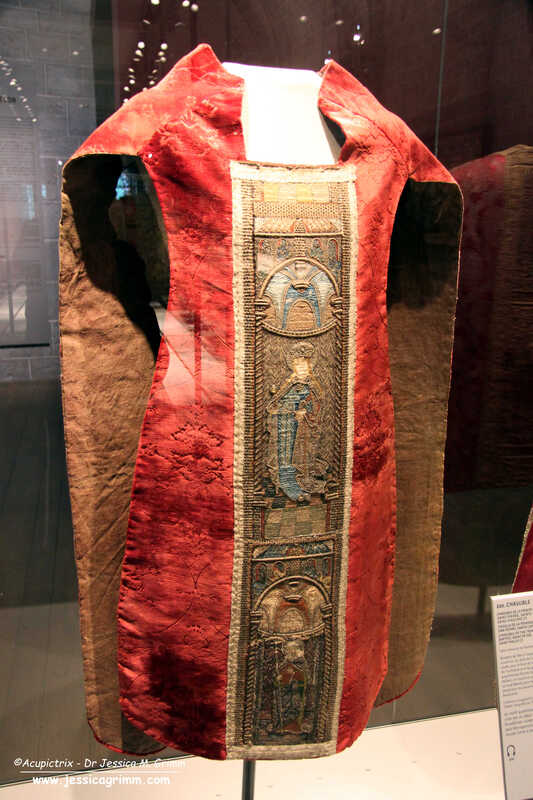
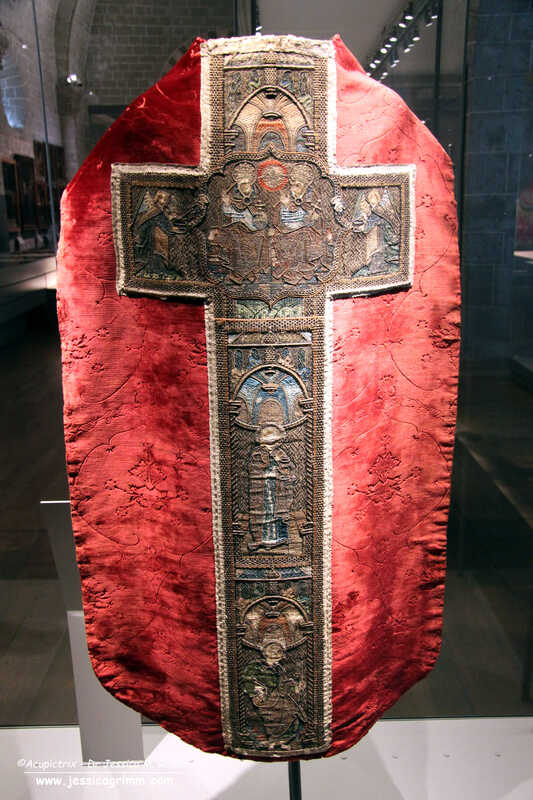
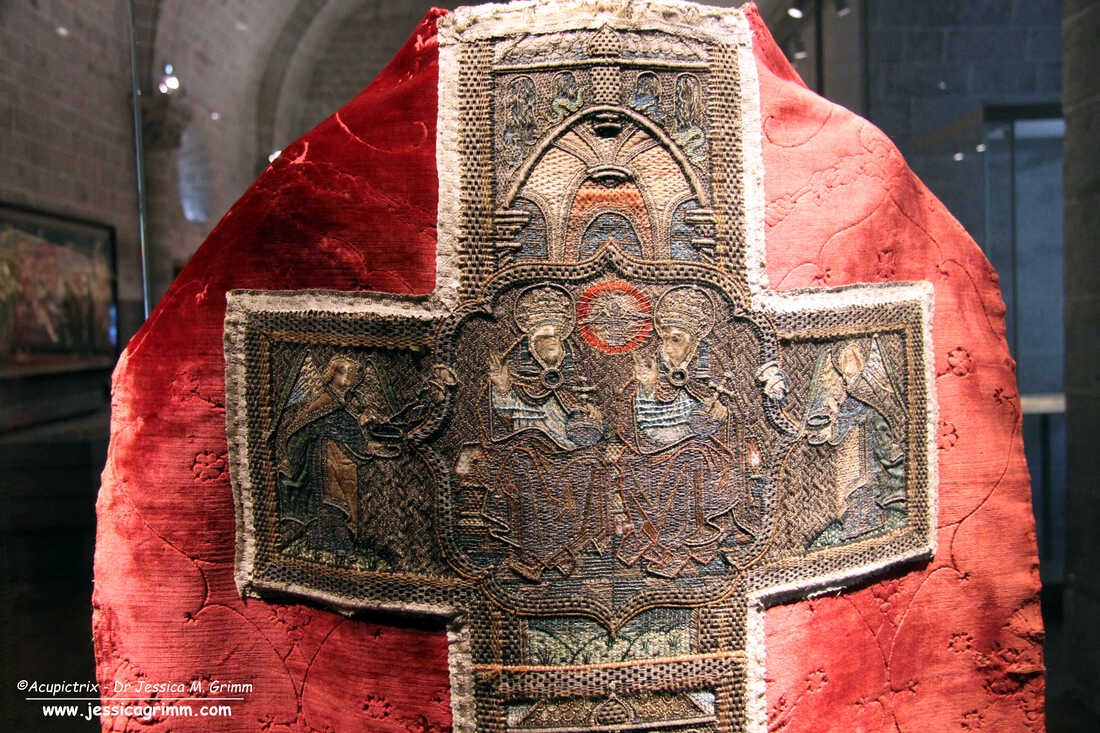

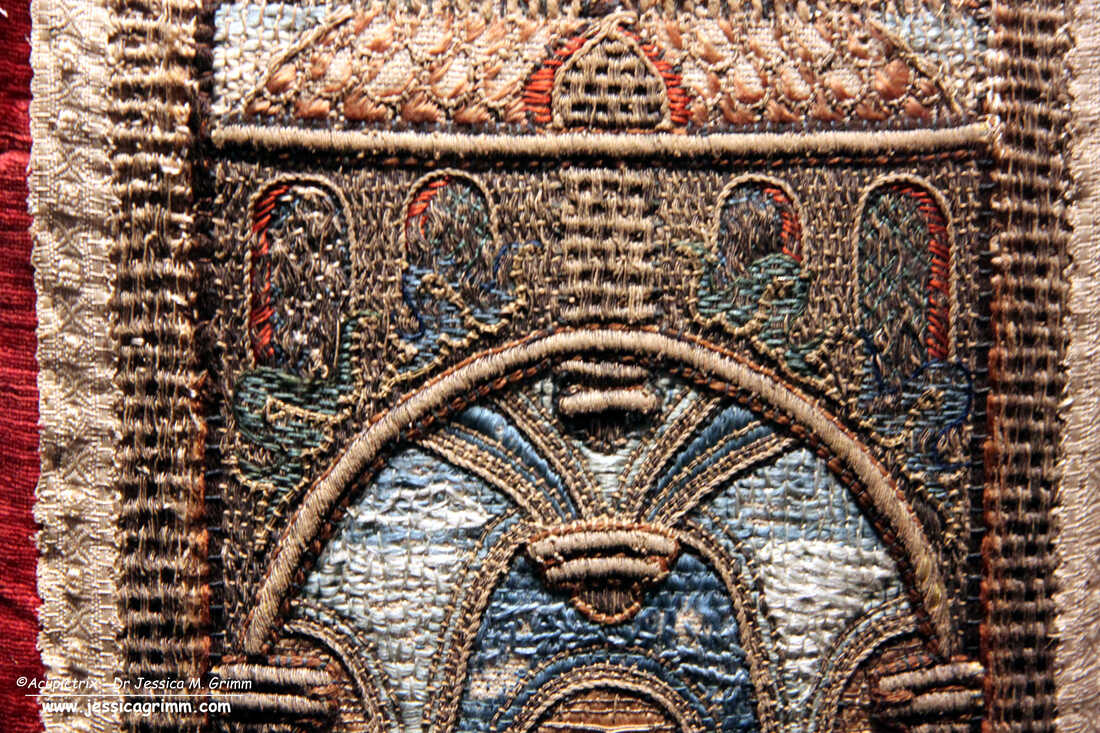
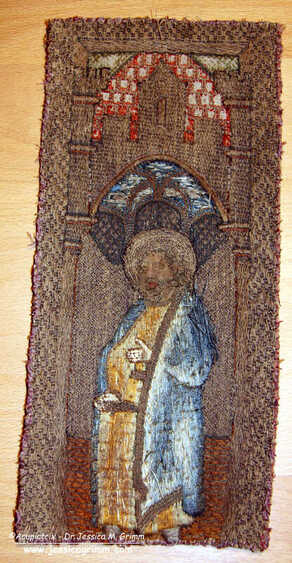
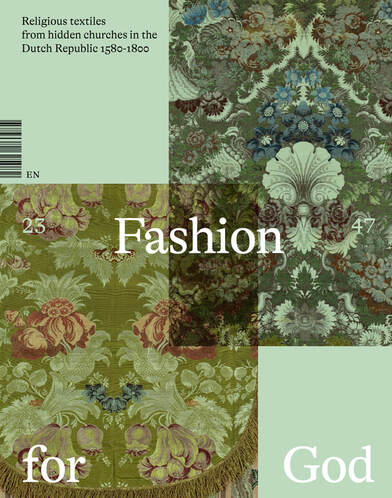
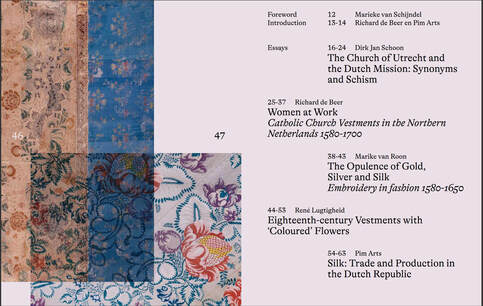
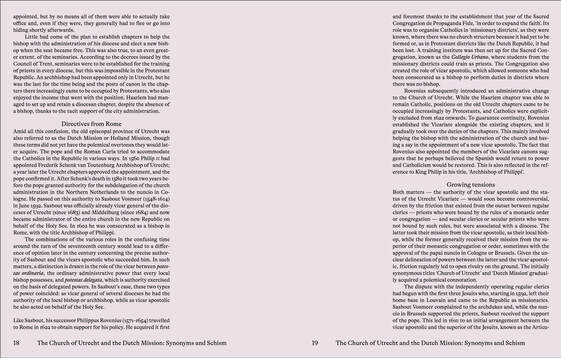
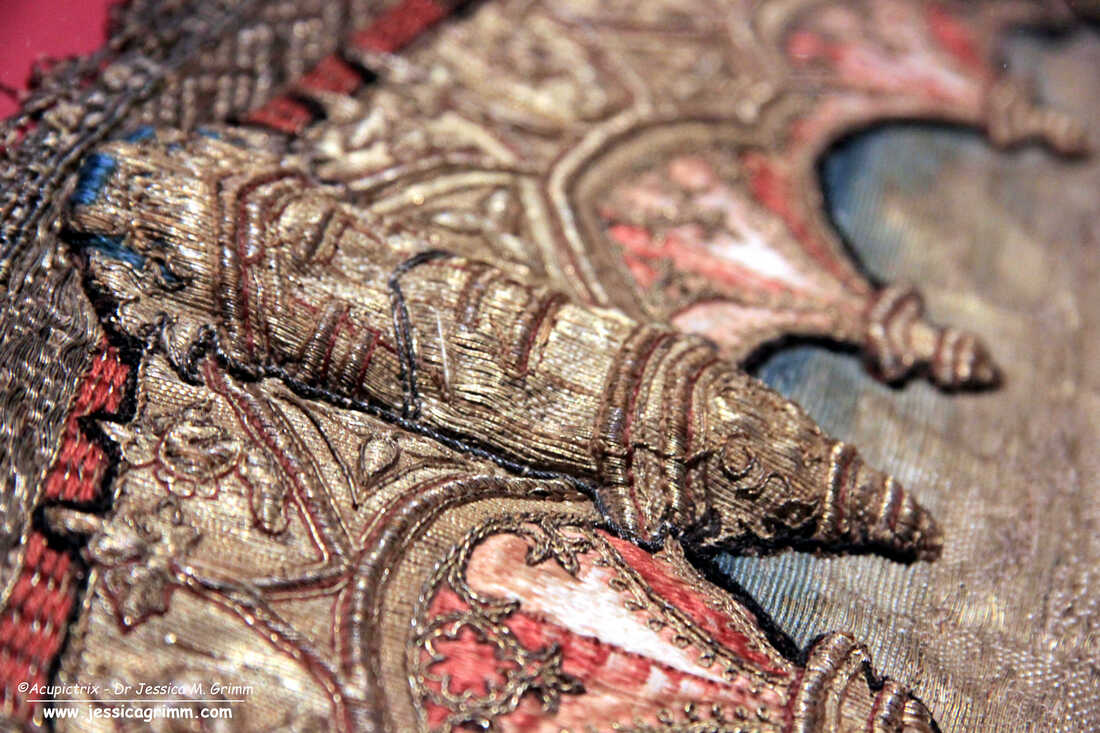





 RSS Feed
RSS Feed